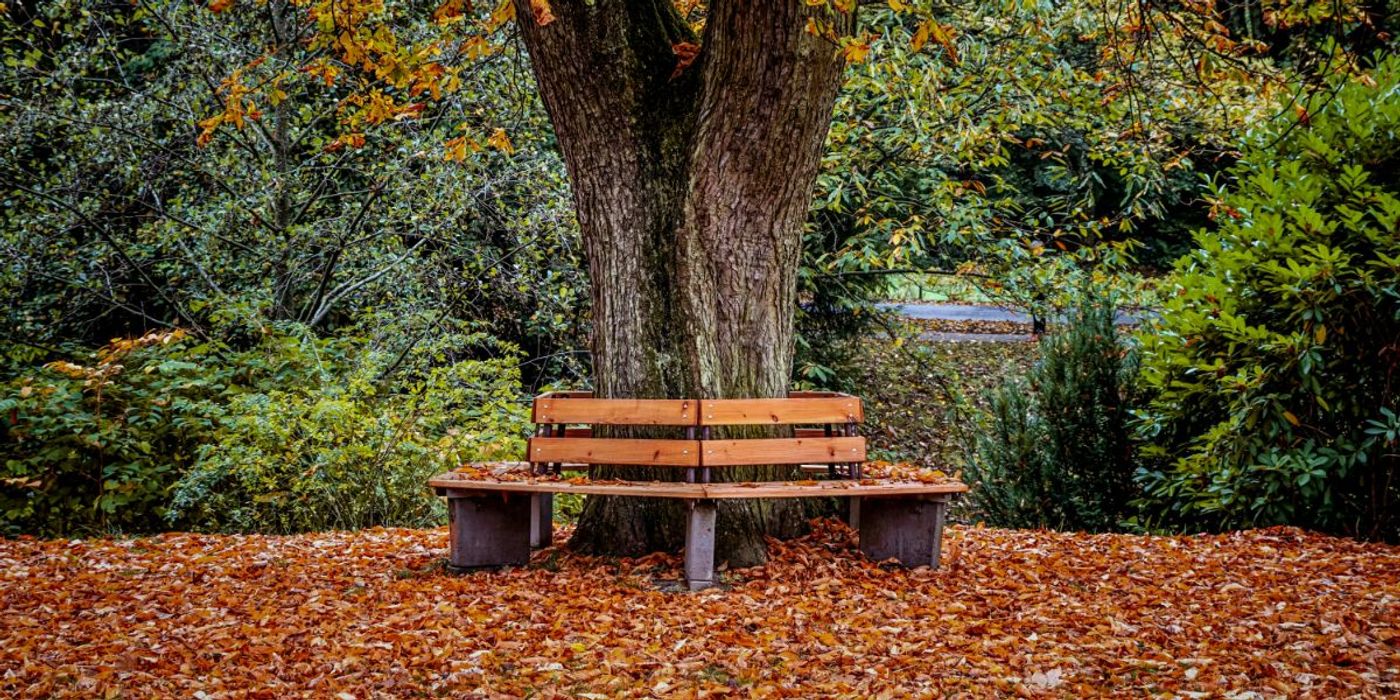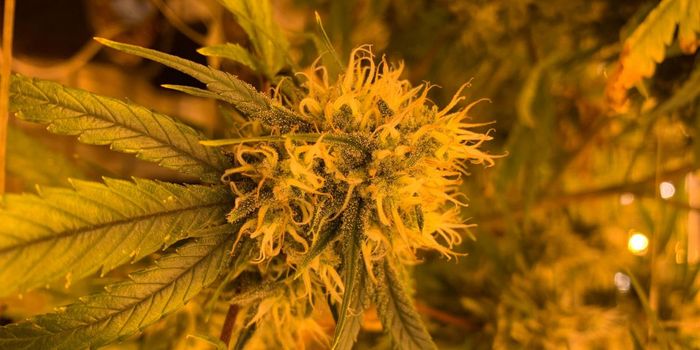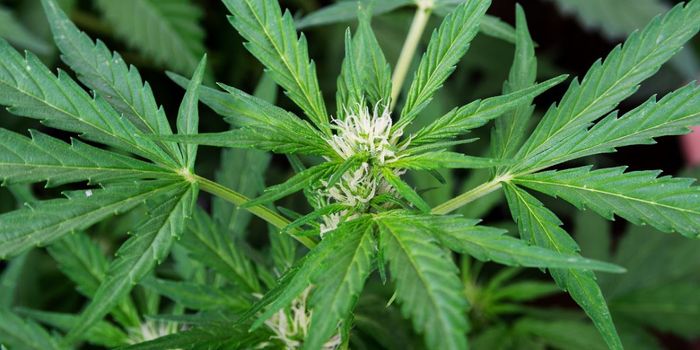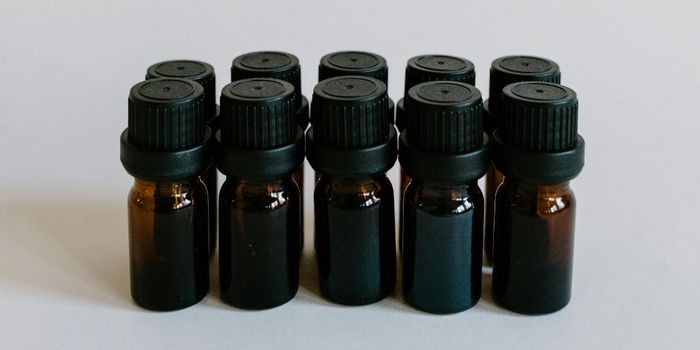Almost 60% Canadian Cannabis Stores in Socially Deprived Areas
Almost 60% of cannabis stores in Canada are located in socially deprived neighborhoods. The corresponding study was published in The Journal of Cannabis Research.
Recreational cannabis use was legalized in Canada in October 2018. While physical stores were initially limited, their number grew substantially to over 2400 by September 2021. Studies indicate that the number and location of cannabis stores can influence patterns of use and behavior. For example, if stores are disproportionately located in deprived neighborhoods, marginalized communities may be exposed to greater promotion of and access to cannabis, which could, in turn, increase cannabis use.
In the current study, researchers examined the distribution of legal cannabis stores in Canada according to neighborhood deprivation. To do so, they collected postcode data for all legal cannabis stores in Canada from October 2018 to September 2021. They then compared this data with measures for material and social neighborhood deprivation.
Altogether, the researchers found that there were approximately 8 retail cannabis stores per 100,000 individuals aged 15 years and over in September 2021. While stores were relatively evenly distributed among more materially deprived and privileged neighborhoods, they found that almost 60% of stores were located in ‘socially deprived’ neighborhoods, defined as having higher proportions of people living alone, being divorced or widowed or single-parent families.
The researchers wrote that while there is no clear data showing how retailers decide where to establish a store, it is not surprising that more stores are present in areas with more people living alone. They noted that younger adults with higher levels of educational attainment and employment tend to live in these areas alongside individuals living in high-density housing.
The researchers wrote that future research should investigate whether there is a higher demand for legal cannabis in more socially deprived neighborhoods, as well as the effects of neighborhood characteristics like urbanization and population density. They added that research should also investigate whether individuals living in more socially deprived areas are differentially impacted in terms of cannabis use and other potentially harmful outcomes linked to exposure to cannabis retail stores.
Sources: The Journal of Cannabis Research









